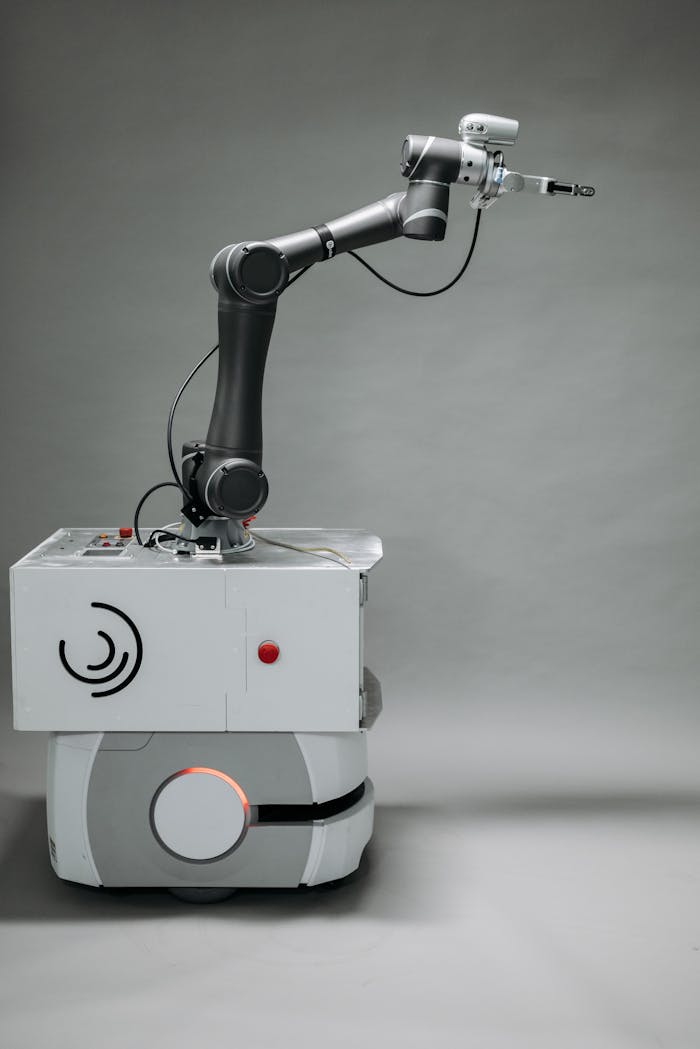Robot toys have captivated the imaginations of children and adults alike for decades. From the earliest wind-up robots that could only walk in a straight line to today’s smart, AI-powered robots, these toys have come a long way. Whether they’re designed for education, entertainment, or just for fun, robot toys have evolved to become more interactive, intelligent, and engaging.
The Early Days of Robot Toys

The journey of robot toys began with simple mechanical designs in the mid-20th century. These early toys, often made of tin and powered by wind-up mechanisms or basic batteries, had limited movement and functionality. They could walk, wave their arms, or light up, sparking wonder and excitement in children. The aesthetic design often drew inspiration from science fiction movies, with shiny metal bodies and flashing lights. However, these robots were more about imagination than actual interaction.
The Advent of Electronics

As technology advanced, robot toys began incorporating electronic components. In the 1980s and 1990s, toys like Transformers and RoboSapien became popular. These robots could perform more complex actions, such as dancing, picking up objects, or even responding to simple voice commands. With the introduction of remote controls, kids could guide their robots, adding a level of interactivity that was previously impossible.
During this period, robot toys also started being used for educational purposes. Companies like LEGO introduced robotics kits like Mindstorms, allowing children to build their own robots and program them to perform various tasks. This was a significant step forward, combining fun with learning, and inspiring a new generation of young engineers and programmers.
The Age of AI-Powered Robot Toys

Fast forward to today, and robot toys have taken another leap forward with the integration of artificial intelligence (AI). Modern robot toys are not just programmed with pre-set actions; they can learn, adapt, and respond to their environment. AI-powered robots like Anki Cozmo, Miko, and Vector can recognize faces, engage in conversations, and even show emotions. These robots are more like companions than toys, offering a personalized experience that grows with the child.
Parents and educators are increasingly using these AI-powered robots as educational tools. These robots can teach coding, language skills, and problem-solving in an interactive and engaging way. They adapt to the child’s learning pace, making education a fun and rewarding experience.
The Future of Robot Toys

robot toy
The future of robot toys is bright. As AI and robotics technology continue to advance, we can expect robot toys to become even more sophisticated. Imagine robot toys that can help with homework, teach new languages, or even assist with household chores. The possibilities are endless.
Moreover, robot toys will continue to play a vital role in STEM (Science, Technology, Engineering, and Math) education. As more children grow up with these smart companions, they will develop a deeper understanding of technology, preparing them for the future.
Conclusion
Robot toys have evolved from simple mechanical gadgets to intelligent, interactive playmates. Whether for fun or education, these toys are shaping the way children learn and play. As technology continues to evolve, so too will the capabilities of robot toys, making them an integral part of childhood development in the years to come. Whether you’re a parent looking for an educational toy or a collector fascinated by robotics, the world of robot toys offers something for everyone.





